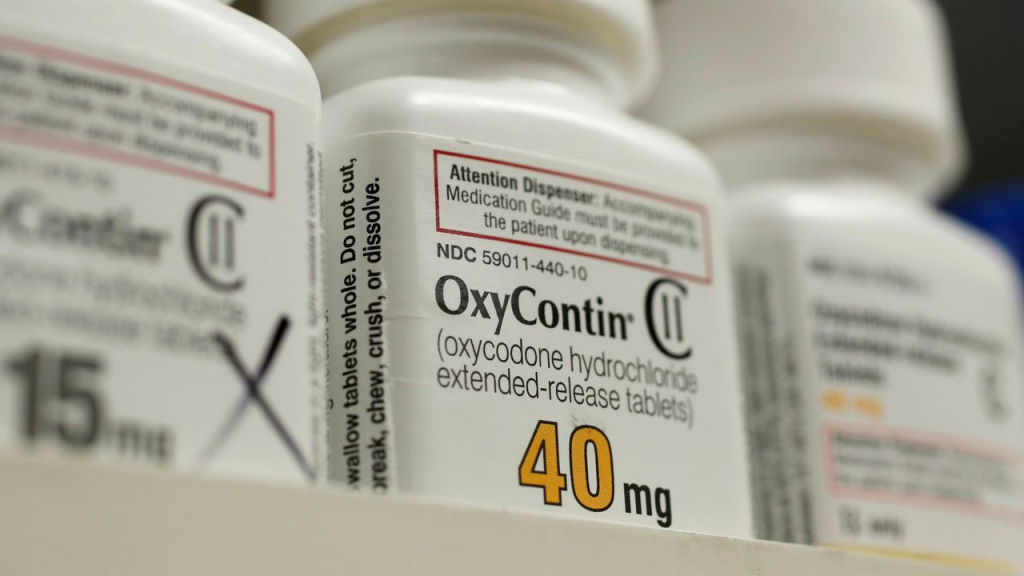Decoding Oxycodone: Benefits and Considerations
Oxycodone is really a strong opioid analgesic recommended for the administration of reasonable to severe pain. As a person in the opioid class of medications, it acts on the main worried program to alleviate suffering by binding to certain receptors in the mind and spinal cord. Based on thebaine, an opium alkaloid, oxycodone comes in numerous remedies, including immediate-release and extended-release designs, giving flexibility in pain management.
The primary energy of oxycodone lies in its ability to supply efficient reduction for persons experiencing suffering because of problems such as harm, surgery, or serious illnesses like cancer. Their analgesic qualities ensure it is a valuable tool for healthcare professionals striving to enhance the standard of living for patients dealing with substantial pain burdens. But, the use of oxycodone needs consideration of their advantages and potential risks.
While oxycodone can provide necessary comfort, it is not without concerns. Like different opioids, oxycodone carries a threat of dependency, patience, and addiction. Persons using oxycodone are advised to conform purely to their recommended dose and duration, beneath the advice of a healthcare professional. Overuse or misuse may lead to serious health effects and may possibly donate to the broader societal difficulties connected with opioid misuse.
Extended-release remedies of oxycodone are designed to offer around-the-clock pain alleviation, making them suitable for chronic pain management. But, these formulations involve cautious tracking because of their possibility of misuse or overdose. The opioid epidemic has underscored the significance of responsible prescribing practices and patient training to mitigate the dangers connected with opioids, including oxycodone.
It is vital for both healthcare companies and people to take part in start and translucent communication about the use of oxycodone. Patients must be aware of possible side effects, including nausea, constipation, and drowsiness, and record any regarding indicators promptly. Healthcare suppliers, consequently, should frequently assess the patient’s suffering degrees, examine the constant significance of opioids, and investigate option suffering administration techniques when appropriate.
The opioid situation has prompted increased scrutiny of opioid prescribing methods, leading to a change in how healthcare services strategy pain management. Recommendations today emphasize a multidisciplinary strategy, adding non-opioid medications, physical treatment, and behavioral interventions to control pain effectively while minimizing the dependence on opioids like oxycodone.
Also, the progress of abuse-deterrent products of oxycodone seeks to deal with concerns about opioid misuse. These remedies are created to allow it to be tougher to improve the drug for illicit applications, such as for instance smashing it for snorting or injecting. While these systems signify an advance in curbing opioid abuse, they are not foolproof, and constant oxycodone for sale are necessary to address the complicated difficulties related to opioid misuse.

In conclusion, oxycodone is a powerful analgesic that represents a vital position in suffering management. Their performance in alleviating moderate to extreme pain helps it be a valuable tool for healthcare suppliers, specially in situations wherever substitute therapies may be insufficient. But, the possibility of misuse, dependency, and overdose shows the significance of responsible prescribing methods, patient knowledge, and a comprehensive method of suffering management that views equally the advantages and dangers of opioid medicines like oxycodone.
